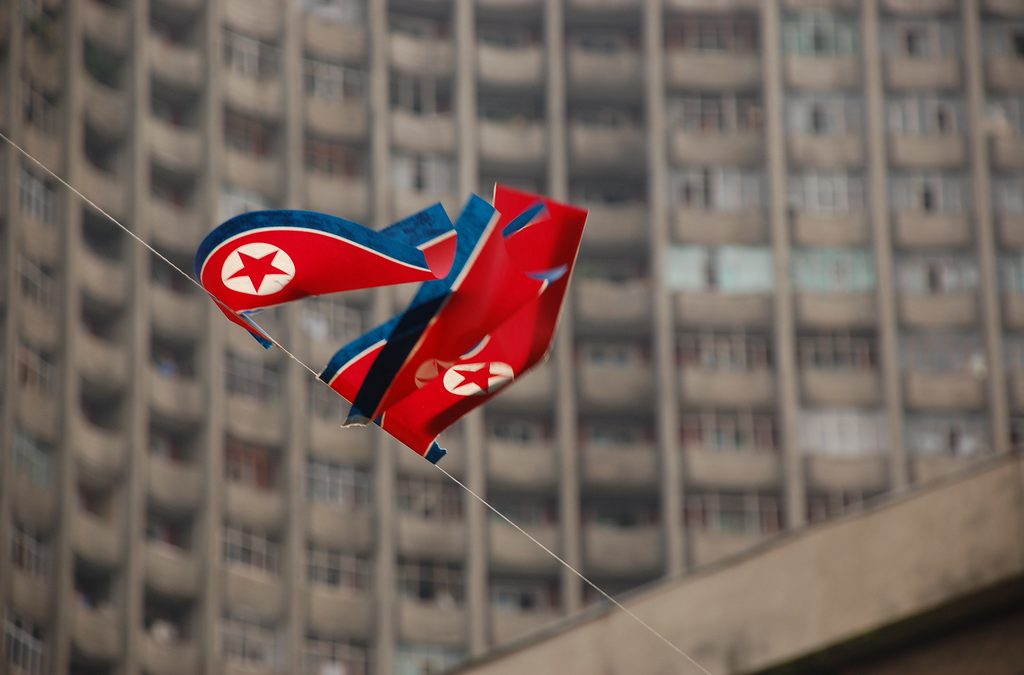WASHINGTON- After months of ominous threats against North Korea if it continues its drive to develop nuclear tipped ballistic missiles, President Donald Trump struck a somewhat softer tone during his State of the Union address Tuesday, when he referred to North Korean Leader Kim Jong Un without uttering his name.
Last year Trump nicknamed Kim “Little Rocket Man” after a number of ballistic missile were tested from the region and boasted that he had a bigger “nuclear button” than Kim. Trump on Tuesday denounced North Korea’s abuses of its own citizens, but steered clear of direct attacks on Kim.
“He doesn’t have to use such strong terms, because now he’s got the North Koreans’ attention, said Bruce Bennet, a senior international/defense researcher at the RAND Corporation, a major defense think tank. “They’re not just ignoring the U.S. and feeling like they can do whatever they want towards the U.S.”
As has been his practice, the president did not outline a specific strategy for dealing with North Korea and preparing for a possible nuclear attack, but he directly assessed the threat.
“No regime has oppressed its own citizens more totally or brutally than the cruel dictatorship in North Korea,” Trump said. “North Korea’s reckless pursuit of nuclear missiles could very soon threaten our homeland.”
In an interview, earlier this week with the British Broadcasating Company, CIA Director Mike Pompeo warned that North Korea will be able to launch nuclear strikes against the United States“in a matter of a handful of months.”
Trump’s only strategic remark was that his administration is “waging a campaign of maximum pressure to prevent” a nuclear strike from happening.
“What stood out to me in the State of the Union is that President Trump only talked about maximum pressure and he didn’t talk at all about engagement,” said Patricia Kim, a Stanton Nuclear Security Fellow for the Council on Foreign Relations, specializing in Chinese foreign policy, U.S.-China relations, and East Asian security issues.
“My sense is you have to have both pieces for the strategy to work and it was concerning to me that he left out the second half of the strategy,” she said.
While the messaging from the president seemed to change in tone, Ely Ratner, the Maurice R. Greenberg senior fellow for China studies at the Council on Foreign Relations, says the strategy remains the same for this administration.
“While the president may have adjusted his rhetoric, I don’t think there has been a significant shift in the administration’s determination to prevent Kim Jong Un from developing capabilities that could strike the United States,” Ratner said.
To add fuel to the pressure in the Asia-pacific CNN first reported that North Korea is planning to show off dozens of long-range missiles at a February 8 parade, the day before the Winter Olympics is set to begin in South Korea.

